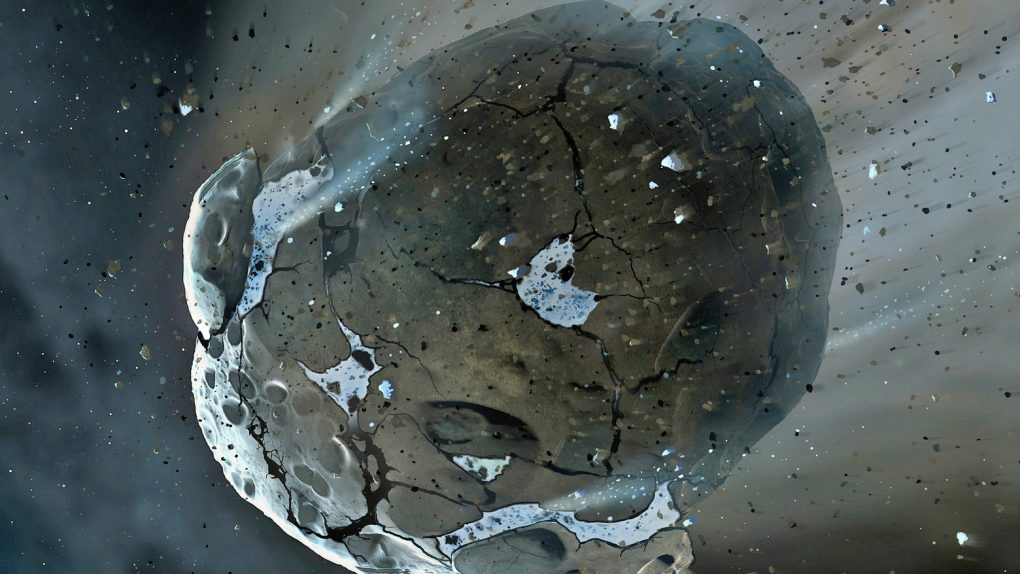- NASA’s DART mission will test the feasibility of redirecting an asteroid, but the debris it creates could generate the first-ever manmade meteor shower.
- The DART mission includes a spacecraft that will slam into one of the rocks that makes up the binary asteroid Didymos.
- A new study suggests we might see some of the debris light up the night sky.
- Visit BGR’s homepage for more stories.
NASA’s upcoming test of an asteroid redirection system may accidentally trigger the first-ever manmade meteor shower. That’s according to a study published in The Planetary Science Journal that assessed the potential outcomes of the space agency’s upcoming Double Asteroid Redirection Test (DART) mission.
The aim of the mission is to test the feasibility that a spacecraft could save Earth from an asteroid impact by slamming into it before it reaches our planet. The mission will send a fast-moving spacecraft to the binary asteroid Didymos, targeting the smaller of the two space rocks while scientists back on Earth observe the results of the impact.
This is a big deal, and we may one day have to rely on spacecraft like the one used in the DART mission to push a large, threatening space rock off a collision course with Earth. However, as the authors of the new study explain, the impact itself may disturb enough of the asteroid’s surface debris that it creates an artificial meteor shower here on Earth.
The good news is that the researchers say the amount of material flung into space (called ejecta) will be relatively small. It wouldn’t be enough to cause any problems for us here on the surface, but it could be a concern for both uncrewed and crewed spacecraft.
“The DART project may also represent the first human-generated meteoroids to reach Earth and is a test case for human activity on asteroids and its eventual contribution to the meteoroid environment and spacecraft impact risk,” the authors write. “This study finds that very little DART-ejected material will reach our planet, and most of that only after thousands of years. But some material ejected at the highest velocities could be delivered to Earth-crossing trajectories almost immediately, though at very low fluxes.”
The vast majority of the debris that the DART spacecraft generates will remain with the asteroid thanks to the pull of gravity. A small amount may head to Earth rapidly, and other debris could find its way here many centuries from now. The entirety of the material that reaches Earth will likely burn up in the atmosphere, producing the familiar glow we’ve come to expect from naturally-occurring meteor showers.
NASA will be keeping a close eye on how the entire saga unfolds, but it would certainly be a bummer if, in the midst of testing an asteroid defense system, the space agency accidentally flings tiny space rocks at spacecraft already orbiting Earth.








